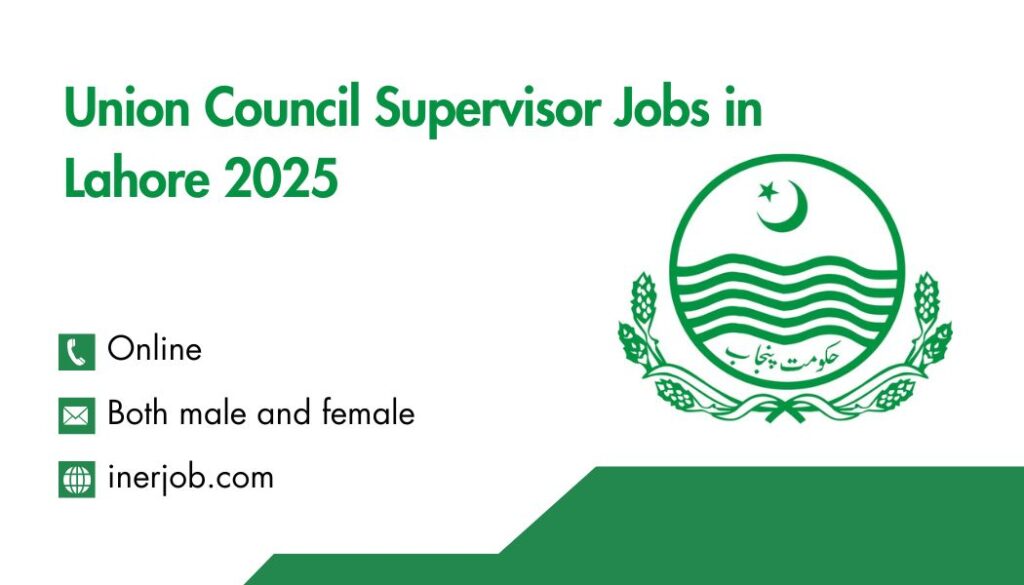Lead Generation Doesn’t Have To Be Cold – Make It Warm With the Right Strategy

Most businesses assume lead generation means cold outreach that feels pushy and impersonal. The truth is, modern strategies focus on warming up prospects before making contact with them. When you shift from interruption to invitation, response rates climb and sales conversations start on better footing.
An outbound marketing agency transforms traditional cold calling into something far more strategic. These agencies use research, segmentation, and personalised messaging to connect with prospects who actually need what you offer. The process involves multiple touchpoints, careful timing, and content that speaks directly to pain points your ideal customers face every day.
Why Cold Outreach Feels Ineffective Today
The Inbox Overload Problem: Business professionals receive hundreds of emails weekly, and most get deleted without a second glance. Generic messages about products or services blend into the noise. Your prospects have learned to filter out anything that doesn’t immediately grab their attention or address a specific challenge they’re dealing with right now.
Changing Buyer Expectations: Today’s B2B buyers research solutions independently before engaging with vendors. They expect vendors to understand their industry, their role, and their specific challenges. When your outreach demonstrates this understanding, it stops feeling cold and starts feeling relevant. Perhaps the biggest shift is that buyers want relationships, not transactions.
Trust Gaps in Digital Communication: Without face-to-face interaction, building trust requires more effort and authenticity. Buyers question motives behind every message and sales call. They’ve been burned by overpromising and underdelivering. Your outreach needs to acknowledge this skepticism and address it head-on with transparency and value-focused communication.
How Modern Lead Generation Warms Up Prospects
Researching Before Reaching Out: Effective lead generation starts with understanding who you’re contacting and why they might care. This means analyzing company growth patterns, recent news, hiring trends, and technology stacks. When your message references specific details about their business, it signals that you’ve done your homework and aren’t just spraying messages everywhere.
Segmenting Your Audience Strategically: Not all prospects face the same challenges or operate on the same timeline. Customer segmentation allows you to group potential leads by industry, company size, role, or specific pain points. Each segment receives messaging tailored to their unique situation. This approach dramatically improves response rates because your content actually resonates with the reader’s daily reality.
Creating Value Before Asking for Anything: The best lead generation offers something useful upfront without demanding anything in return. This could be insights from industry research, a helpful resource, or perspective on a challenge they’re facing. When prospects receive value first, they’re more inclined to engage in conversation. You’re building goodwill that makes future interactions feel natural rather than forced.
The Role of Nurturing and Follow-Up
Timing Your Touchpoints Intelligently: One message rarely converts a prospect into a qualified lead. Most decision-makers need multiple exposures to your brand before they’re ready to talk. Strategic follow-up respects their time while staying on their radar. The key is spacing your outreach appropriately and changing your message each time to provide new value or perspective.
Personalizing Each Interaction: Generic follow-ups waste everyone’s time and damage your credibility. Each touchpoint should reference previous interactions, acknowledge where the prospect is in their journey, and offer relevant next steps. Personalization extends beyond using someone’s name. It means understanding their specific context and adjusting your approach accordingly to match their needs right now.
Building Multi-Channel Presence: Relying on email alone limits your reach and impact. The most effective nurturing strategies combine email, social media engagement, content marketing, and sometimes direct mail. When prospects see your brand across multiple channels with consistent, valuable messaging, familiarity builds. This multi-channel approach creates the warm feeling that makes eventual conversations feel natural and expected.
Key Elements of a Warm Lead Generation Strategy
Effective modern lead generation requires several components working together:
- Research-based targeting that identifies prospects most likely to benefit from your solution and ensures you’re not wasting time on poor-fit accounts.
- Personalized messaging that speaks directly to industry-specific challenges and demonstrates genuine understanding of each prospect’s unique situation.
- Multi-touchpoint campaigns that maintain presence without becoming annoying, using varied content and channels to stay relevant throughout the buyer journey.
- Value-first communication that educates and informs before pitching, building trust through helpful insights rather than aggressive sales tactics.
- Systematic follow-up processes that keep prospects engaged over weeks or months, recognizing that buying decisions often take considerable time.
Moving From Interruption to Invitation
The Mindset Shift Required: Cold lead generation interrupts people’s days with messages they didn’t ask for. Warm lead generation invites prospects into conversations they actually want to have. This shift requires rethinking how you approach outreach entirely. Instead of focusing on what you want to sell, focus on problems you can solve and position yourself as a resource.
Testing and Refining Your Approach: No strategy works perfectly from day one. The agencies that generate the warmest leads constantly test different approaches and learn from results. They try new subject lines, adjust message length, experiment with different calls-to-action, and measure what happens. This commitment to improvement means strategies get warmer and more effective over time.
Balancing Automation With Authenticity: Technology enables outreach at scale, but over-automation kills the warmth you’re trying to create. The best strategies use automation for efficiency while maintaining human touches that make prospects feel valued. This balance takes skill to achieve, but it’s what separates mediocre results from exceptional ones that actually fill your pipeline with qualified opportunities.
Conclusion
Lead generation stops feeling cold when you prioritize relationships over transactions and value over volume. The right strategy combines research, personalization, consistent follow-up, and genuine helpfulness to warm up prospects before sales conversations begin. When you take time to understand who you’re reaching and why they should care, your outreach transforms from unwanted interruption into welcomed invitation. Ready to make your lead generation feel warmer and produce better results? Start by rethinking your approach to put prospect needs first and watch how response rates improve when you lead with value instead of sales pitches.


